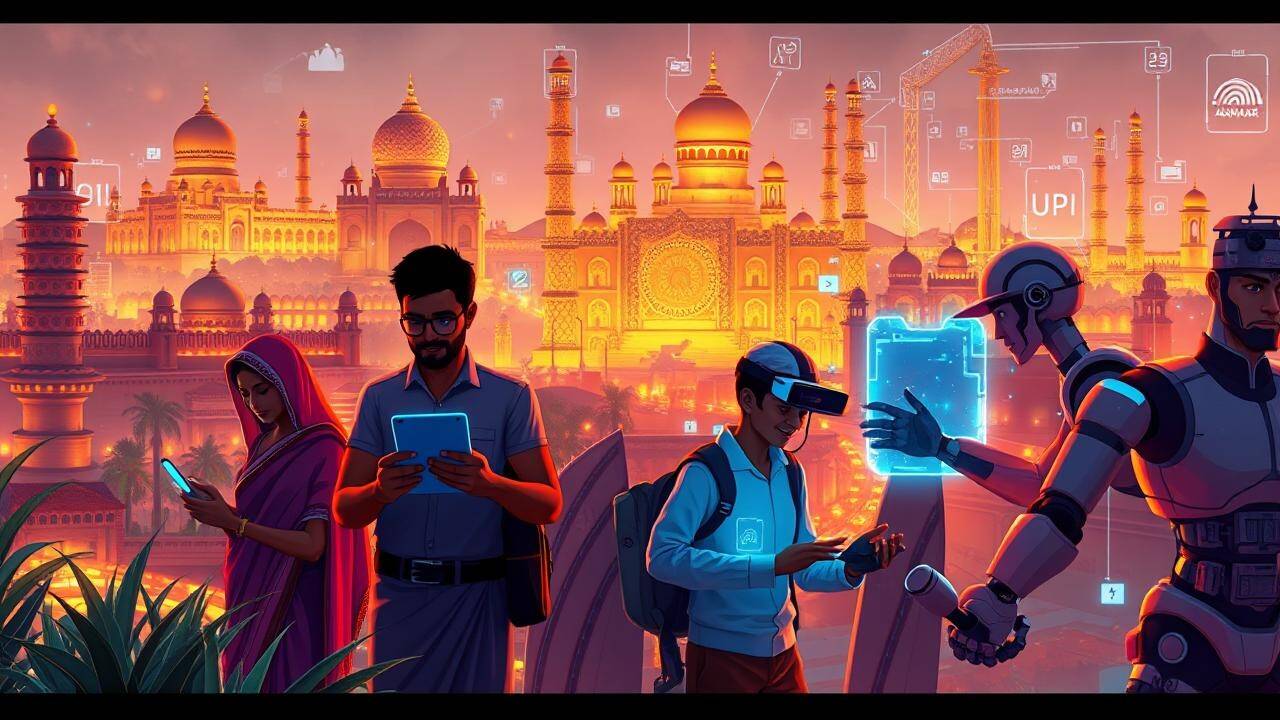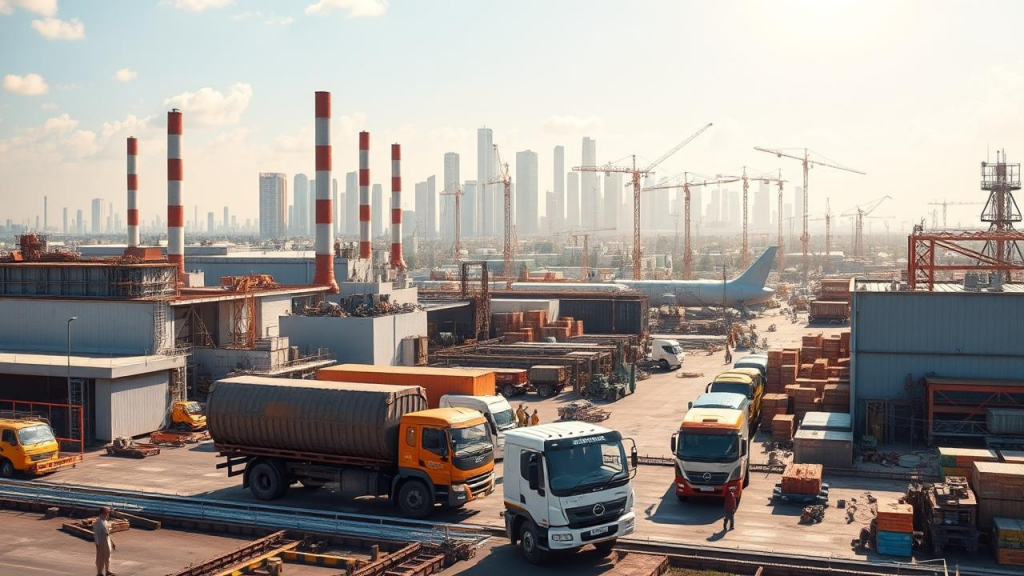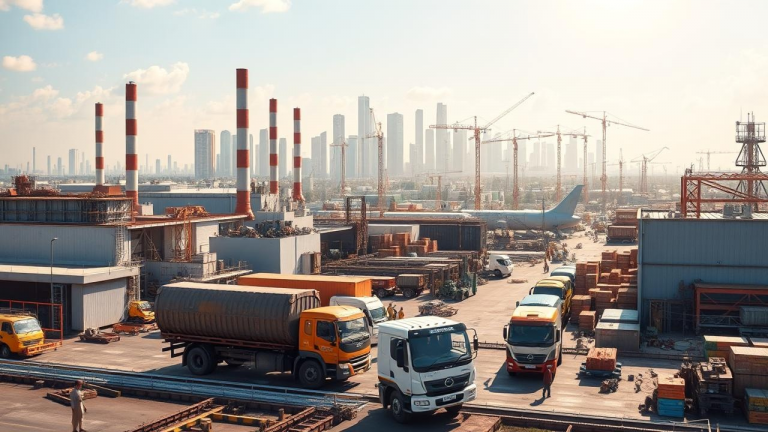India, with its digital transformation and robust infrastructure including Aadhaar and UPI, is poised to become an $8 trillion economy by 2035. Despite this promising outlook, the country still grapples with challenges such as income disparity, low formalization, and productivity gaps. The implementation of digital initiatives like Aadhaar, which provides a unique identification number to all residents, and UPI, a real-time payment system, has significantly boosted India’s economic growth. These technological advancements have not only facilitated financial transactions but have also improved governance and transparency. However, income inequality remains a major concern in India, with a significant portion of the population still living below the poverty line. Additionally, the informal sector continues to dominate the economy, hindering formal job creation and economic stability. To achieve its goal of becoming an $8 trillion economy, India must focus on addressing these challenges by implementing policies that promote inclusive growth, enhance productivity, and encourage formalization. By bridging the income gap, increasing formal job opportunities, and boosting productivity levels, India can unlock its full economic potential and emerge as a global powerhouse in the coming years.

Posted in
JUST IN
India’s $8 Trillion Economy Projection by 2035 Fueled by Digital Transformation, Infrastructure; Income Disparity, Productivity Gaps Remain Challenges
In Trend

“BSE Sensex and Nifty50 surge above key levels in strong Monday trade, Sensex above 80,300 and Nifty50 crosses 24,350”




















